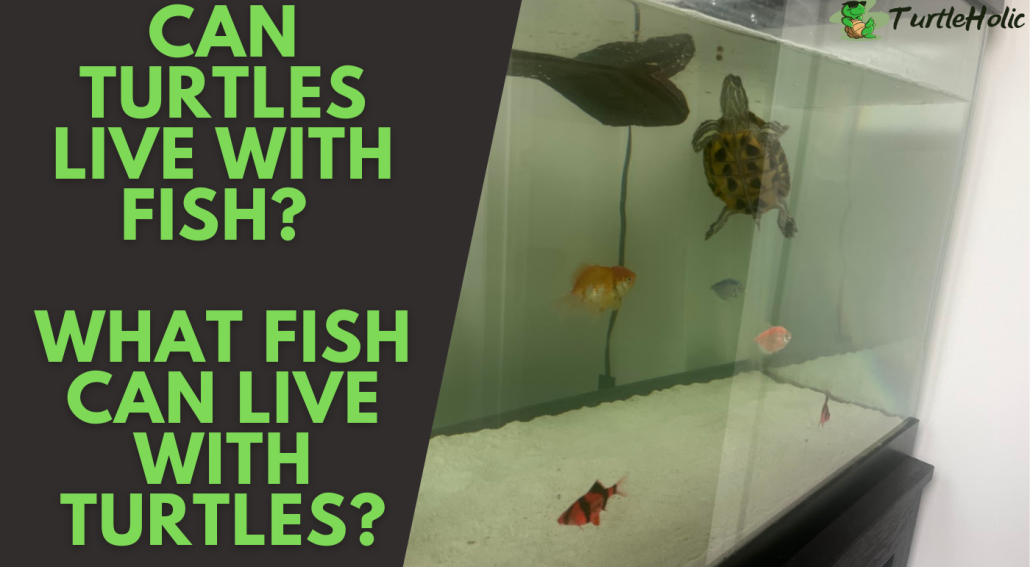In this article, you will learn about the process of introducing baby turtles to live prey and how they transition into becoming skilled hunters. It is fascinating to see how these young turtles go from relying on yolk sacs for nourishment to actively hunting for their food.
When baby turtles are first born, they instinctively start hunting for prey. However, their hunting skills are not fully developed yet, so they initially rely on small, easily accessible prey like insects or small fish. As they continue to grow, they gradually learn to target larger prey and become more efficient hunters. This transition from relying on instinct to developing hunting techniques is a crucial step in their survival and development.
1. Importance of Introducing Baby Turtles to Live Prey
When it comes to raising baby turtles, introducing them to live prey is a critical step in their development. This process helps enhance their survival skills, nurtures their natural instincts, and stimulates their brain development. By allowing baby turtles to experience hunting and consuming live prey, you are providing them with the opportunity to learn and grow in a way that closely resembles their natural habitat. In this article, we will explore the various reasons why introducing baby turtles to live prey is important and discuss the steps involved in ensuring a smooth transition.
1.1 Enhancing Survival Skills
In the wild, baby turtles rely on their hunting skills to find food and survive. By introducing them to live prey in captivity, you are giving them the chance to develop and refine these essential skills. Hunting live prey requires patience, agility, and coordination, skills that are crucial for a turtle’s survival. By engaging in these natural behaviors, baby turtles become better equipped to find and catch their own food, even as they grow older.
1.2 Nurturing Natural Instincts
Baby turtles have innate hunting instincts that need to be nurtured. Introducing them to live prey allows them to tap into these instincts and develop their natural hunting abilities. Through this process, they learn to recognize and pursue moving prey, honing their senses and instincts. Nurturing these natural behaviors contributes to their overall well-being and allows them to thrive in their environment.
1.3 Stimulating Brain Development
Introducing baby turtles to live prey also promotes their brain development. The process of hunting involves complex cognitive functions, such as problem-solving, decision-making, and memory recall. By engaging in these mental exercises, baby turtles strengthen their neural pathways, leading to better cognitive abilities and overall brain development. This stimulation is essential for the healthy growth and well-being of baby turtles.
2. Understanding the Ideal Time for Introduction
While introducing baby turtles to live prey is important, it’s crucial to determine the ideal time for this transition. The timing should be based on observing the baby turtles’ feeding behaviors in the wild, consistency with their growth stages, and considering their individual characteristics.
2.1 Observing Feeding Behaviors in the Wild
To determine the ideal time for introducing live prey, it’s essential to study the feeding behaviors of baby turtles in their natural habitat. Observing how they respond to and interact with their environment provides valuable insights into their readiness for hunting. If you have the opportunity to observe baby turtles in the wild, pay close attention to their feeding habits and take note of any changes as they grow.
2.2 Consistency with Growth Stages
Another factor to consider is the growth stage of the baby turtles. As baby turtles mature, their dietary needs change, and they become more capable hunters. It’s important to align the introduction of live prey with their growth stages, ensuring that they have reached a point where they are physically and mentally ready to hunt. Consulting a reptile veterinarian or an experienced breeder is advisable to determine the appropriate timing.
2.3 Considering Individual Characteristics
Each baby turtle is unique, and it’s crucial to consider their individual characteristics when determining the ideal time for introducing live prey. Some baby turtles may exhibit advanced hunting skills and readiness earlier than others. By observing their behavior, assessing their physical condition, and consulting experts, you can make an informed decision about when to begin the transition to live prey.
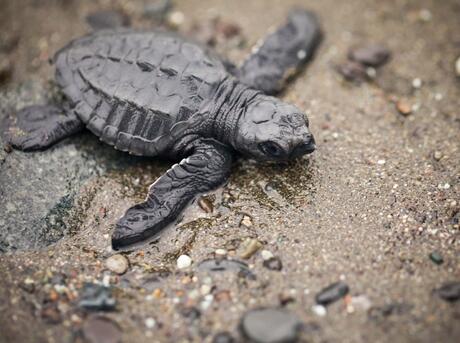
3. Preparing the Environment for Prey Introduction
Before introducing live prey to baby turtles, it’s essential to create a suitable habitat that mimics their natural environment. This includes providing appropriate hiding spots, maintaining proper water quality, and creating a comfortable and stress-free space for them to hunt.
3.1 Creating a Suitable Habitat
A well-designed habitat is crucial for the successful introduction of live prey. It should closely resemble their natural environment, with ample space, appropriate temperature, and proper lighting. Research the specific needs of your baby turtles’ species and ensure their habitat meets those requirements. Providing them with an environment that closely resembles their natural habitat will help ease the transition to live prey.
3.2 Providing Appropriate Hiding Spots
Baby turtles, like their adult counterparts, need hiding spots to feel secure and safe. These hiding spots can be created using rocks, logs, or artificial decorations in their tank. Having hiding spots helps reduce stress during the transition and provides a sense of security for the baby turtles as they adapt to hunting live prey. Ensure that the hiding spots are easily accessible and that the turtles can move in and out freely.
3.3 Maintaining Proper Water Quality
Water quality is essential for the health and well-being of baby turtles. Before introducing live prey, ensure that the water in their habitat is clean, adequately filtered, and appropriately heated. Regular water changes and monitoring of water parameters, such as pH and ammonia levels, are necessary to maintain optimal water quality. Providing clean and suitable water conditions is crucial for the successful transition and overall health of the baby turtles.
4. Common Prey Options for Baby Turtles
When it comes to selecting live prey for baby turtles, there are several options to choose from. It’s important to offer a variety of prey to ensure a balanced diet and meet their nutritional needs. Here are some common prey options for baby turtles:
4.1 Small Invertebrates: Earthworms, Insects
Small invertebrates such as earthworms and insects are excellent options for baby turtles. These prey items are easy to source and provide a natural food source that closely resembles what baby turtles would encounter in the wild. Crickets, mealworms, and waxworms are particularly popular choices and can be found at most pet stores or specialized reptile suppliers.
4.2 Aquatic Prey: Daphnia, Brine Shrimp
Aquatic prey, such as daphnia and brine shrimp, are suitable for baby turtles that primarily inhabit water environments. These small organisms can be readily purchased from pet stores or online suppliers. They offer a nutritious food source that appeals to the natural instincts of baby turtles. Including aquatic prey in their diet helps diversify their food options and ensures they receive a varied and well-rounded diet.
4.3 Live Feeder Fish: Guppies, Minnows
Live feeder fish, such as guppies and minnows, are another option to consider. These fish provide an exciting hunting opportunity for baby turtles. However, it’s important to note that some species of turtles may show more aggressive behaviors when hunting live feeder fish. Always monitor the interactions between baby turtles and live feeder fish to ensure their safety and prevent any injuries.
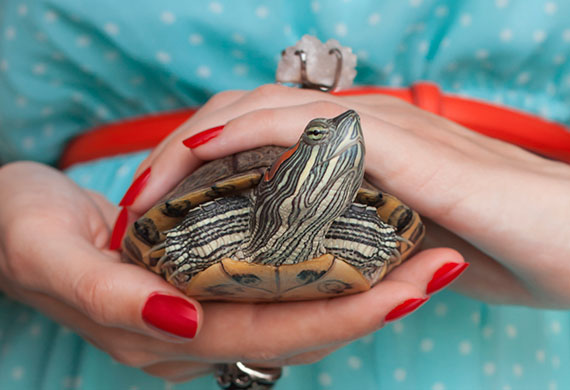
5. Gradual Transitioning Techniques
When introducing baby turtles to live prey, it’s essential to employ gradual transitioning techniques to ensure a smooth and successful process. This includes partial live prey inclusion in their diet, simulating natural hunting scenarios, and monitoring and adjusting their feeding schedule.
5.1 Partial Live Prey Inclusion in Diet
Gradually incorporating live prey into a baby turtle’s diet is essential for a smooth transition. Start by offering small amounts of live prey alongside their regular diet. This allows the baby turtles to become familiar with the presence and movement of live prey without completely replacing their existing food source. Over time, gradually increase the proportion of live prey in their diet until it becomes their primary food source.
5.2 Simulating Natural Hunting Scenarios
To encourage hunting instincts and skills, simulate natural hunting scenarios within their habitat. This can involve placing live prey strategically in their environment, encouraging them to search and capture their food. Use hiding spots and obstacles to create a more realistic hunting experience. These simulated scenarios enable baby turtles to develop their hunting techniques and enhance their natural instincts.
5.3 Monitoring and Adjusting Feeding Schedule
Regular monitoring of feeding responses and success is crucial during the transition period. Observe how the baby turtles engage with the live prey and evaluate their hunting and feeding behaviors. Adjust the feeding schedule based on their progress, ensuring they have ample opportunity to practice their hunting skills while also ensuring they are receiving adequate nutrition. It’s important to strike a balance between providing enough hunting opportunities and avoiding overfeeding.
6. Avoiding Potential Risks and Challenges
While introducing baby turtles to live prey is beneficial, there are potential risks and challenges that need to be addressed. This includes avoiding overfeeding and digestive issues, ensuring prey is an appropriate size, and preventing aggression among multiple turtles.
6.1 Overfeeding and Digestive Issues
Overfeeding baby turtles can lead to digestive issues and other health problems. It’s important to provide an appropriate amount of live prey that aligns with their nutritional needs and growth stage. Consult a reptile veterinarian or an experienced breeder to determine the correct feeding quantities based on the specific species. Monitoring their weight and overall health is essential to ensure they are not being overfed.
6.2 Ensuring Prey is Appropriate Size
When selecting live prey for baby turtles, it’s crucial to consider the size of the prey in relation to the turtles’ size and capabilities. Offering prey that is too large may result in the baby turtles being unable to consume or digest the prey properly. Conversely, prey that is too small may not provide enough nutritional value. Choosing prey that is an appropriate size ensures the baby turtles can successfully hunt and consume their prey without any issues.
6.3 Preventing Aggression Among Multiple Turtles
If you are housing multiple baby turtles together, it’s important to prevent aggression during the feeding process. Some turtles may exhibit territorial behaviors or show aggression towards one another when hunting live prey. To avoid potential injuries or stress, feed the turtles separately, ensuring each turtle has its own space and prey item. Avoid overcrowding in the tank and closely monitor their behavior during feeding to address any aggression promptly.
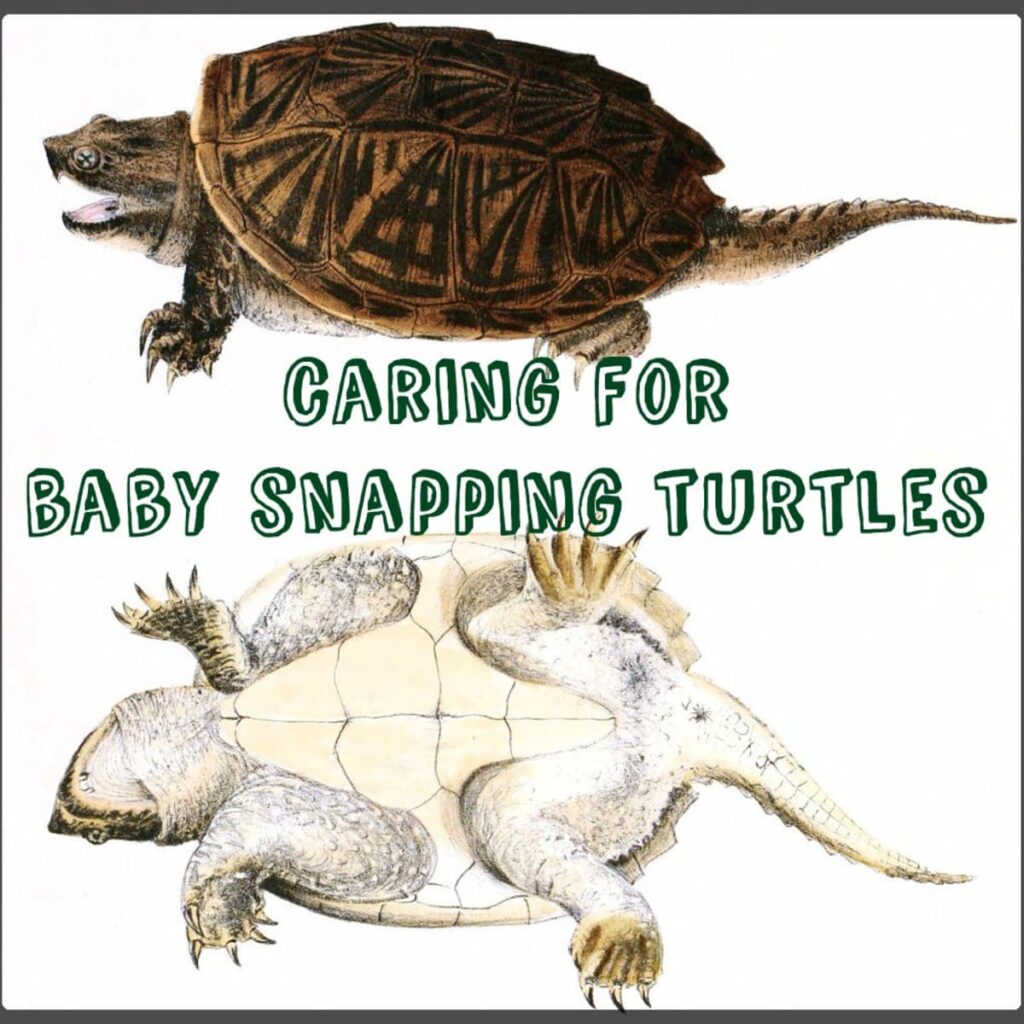
7. Monitoring and Assessing Progress
Throughout the transition process, it’s crucial to monitor and assess the progress of baby turtles. This includes observing feeding responses and success, tracking growth and weight gain, and consulting a reptile veterinarian if necessary.
7.1 Observing Feeding Responses and Success
Observe the baby turtles’ feeding responses and success when interacting with live prey. Notice their hunting techniques, the time it takes for them to capture their prey, and their overall feeding behavior. A healthy baby turtle should demonstrate active engagement and success in capturing and consuming live prey. If you notice any reluctance or difficulty in hunting, reassess the transition process and make adjustments accordingly.
7.2 Tracking Growth and Weight Gain
Regularly track the growth and weight gain of baby turtles during the transition period. Ensure they are growing at a healthy rate and are maintaining a stable weight. A sudden loss of weight or lack of growth may be indicators of underlying health issues or insufficient nutrition. If you have any concerns, consult a reptile veterinarian who can provide guidance and recommend appropriate adjustments to their diet or care.
7.3 Consulting a Reptile Veterinarian, if Necessary
If you encounter any challenges or uncertainties during the transition process, do not hesitate to consult a reptile veterinarian. They have the expertise to evaluate the health and well-being of the baby turtles and can provide valuable insights and guidance. A reptile veterinarian can address any specific concerns you may have and ensure that the baby turtles’ overall health and development are on track.
8. Patience and Persistence during the Transition
The transition to hunting live prey requires patience and persistence. Each baby turtle is unique, and the process may take varying amounts of time for different individuals. It’s important to understand and respect the variations in their progress. Some baby turtles may adapt quickly and show immediate hunting success, while others may require more time and practice. Providing consistent care, support, and positive reinforcement throughout the transition process is key to their success.
8.1 Understanding Individual Variations
Baby turtles, like any living beings, have individual variations in their behaviors and abilities. Some may show more inherent hunting instincts, while others may take longer to develop these skills. It’s important to be patient and understand that each baby turtle will progress at their own pace. Recognize their individual variations and adjust your expectations accordingly.
8.2 Allowing Time for Adjustment
Introducing baby turtles to live prey is a significant adjustment for them. It’s important to allow them the necessary time to adapt and become comfortable with hunting. During the transition period, closely observe their behavior and make any necessary adjustments to their diet, habitat, or hunting scenarios. Providing a nurturing environment and allowing time for adjustment ensures the baby turtles’ successful transition to hunting.
8.3 Providing Consistent Care and Support
Consistency in care and support is vital for the baby turtles’ overall well-being during the transition. Establish a regular feeding schedule and maintain stable water conditions in their habitat. Provide them with an enriched environment that encourages natural hunting behaviors and mental stimulation. Consistent care and support demonstrate your commitment to their growth and development, fostering a positive and rewarding owner-pet relationship.
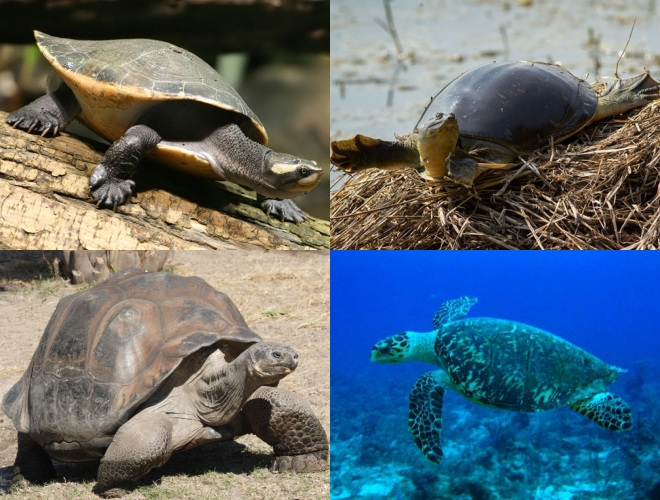
9. Encouraging Natural Hunting Behaviors
Once baby turtles have successfully transitioned to hunting live prey, it’s important to continue encouraging and fostering their natural hunting behaviors. This includes utilizing enrichment activities, incorporating interactive feeding methods, and emphasizing mental and physical stimulation.
9.1 Utilizing Enrichment Activities
Enrichment activities provide mental and physical stimulation for baby turtles. Include various items and obstacles in their habitat that encourage exploration, mimic natural hunting scenarios, and enhance their overall well-being. This can include the use of floating toys, puzzle feeders, or basking platforms. Incorporating enrichment activities helps keep the baby turtles active, engaged, and supports their ongoing development of hunting abilities.
9.2 Incorporating Interactive Feeding Methods
Interactive feeding methods further stimulate baby turtles’ hunting instincts and provide mental stimulation. Rather than simply placing live prey in their habitat, consider utilizing feeding tools or devices that require the baby turtles to engage in specific behaviors to access their food. This can include using floating feeding stations, submerged feeding platforms, or slow-release feeders. These interactive feeding methods promote problem-solving, decision-making, and physical engagement.
9.3 Emphasizing Mental and Physical Stimulation
Mental and physical stimulation is crucial for the well-being and development of baby turtles. Encourage their natural hunting instincts by incorporating various types of prey and challenging hunting scenarios. Offer a mix of live prey, frozen prey, and commercial turtle pellets to provide a varied and nutritionally balanced diet. Regularly rotate and diversify their prey options to keep their hunting skills sharp and prevent boredom.
10. Celebrating Milestones: Successful Prey Transition
As baby turtles successfully transition to hunting live prey, it’s important to celebrate their milestones. Recognize their achievements in developing their hunting instincts and acknowledge their growth and progress.
10.1 Achievement of Hunting Instincts
Celebrate the achievement of baby turtles in developing their hunting instincts. Acknowledge their successful transition and the effort they have put into honing their natural abilities. This milestone represents an important step in their development and overall well-being.
10.2 Varying the Diet for Nutritional Balance
With the successful transition to hunting live prey, it’s important to continue providing a varied diet to maintain a nutritional balance. Offer a mix of live prey, frozen prey, and commercially available turtle foods to ensure they are receiving all the necessary nutrients for optimal health. Monitor their dietary intake and consult a reptile veterinarian if you have any concerns about their nutritional needs.
10.3 Assessing Overall Health and Well-being
As baby turtles continue to develop their hunting skills, regularly assess their overall health and well-being. Monitor their weight, growth, and behavior to ensure they are thriving in their environment. If you notice any changes or concerns, consult a reptile veterinarian who can provide appropriate guidance and support.
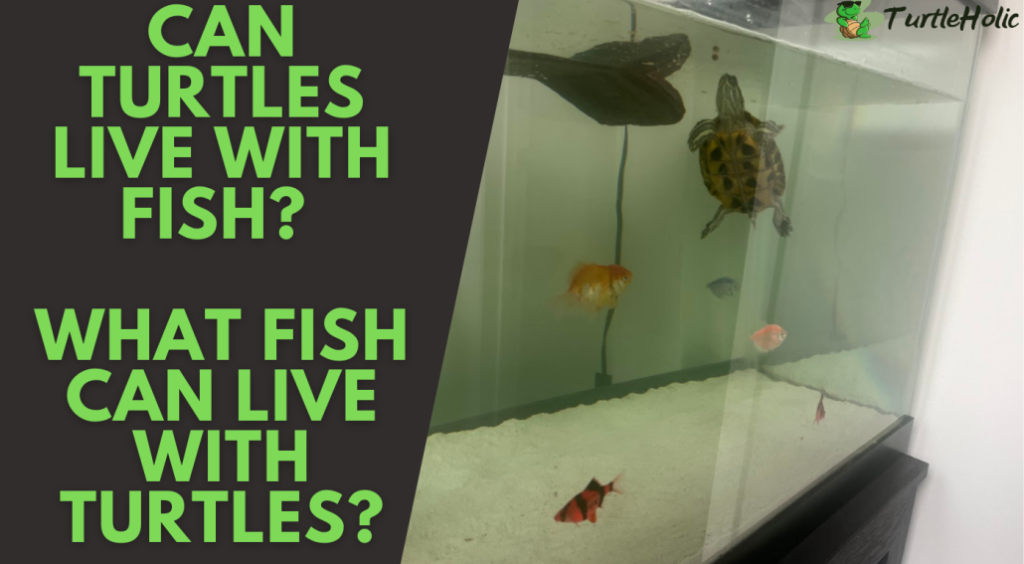
11. Emotional Bonding with Hunting Baby Turtles
As you witness the successful transition of baby turtles to hunting live prey, a unique opportunity arises for emotional bonding. Building trust through positive reinforcement, recognizing individual personalities, and fostering a rewarding owner-pet relationship are crucial components of this bond.
11.1 Building Trust through Positive Reinforcement
Building trust with baby turtles is essential for their overall well-being. Utilize positive reinforcement techniques, such as offering treats or praise when they successfully hunt and consume live prey. Over time, they will associate your presence and involvement with positive experiences, fostering a sense of trust and strengthening the bond between you and your pet.
11.2 Recognizing Individual Personalities
Each baby turtle has its own unique personality traits. Take the time to observe and understand their individual personalities. Recognize their preferences, behaviors, and habits, and tailor your interactions and care accordingly. By acknowledging and appreciating their individuality, you deepen your connection and understanding of your baby turtles.
11.3 Fostering a Rewarding Owner-Pet Relationship
Fostering a rewarding owner-pet relationship goes beyond the physical care and well-being of baby turtles. It involves providing emotional support, engagement, and enjoyment of their natural behaviors. Interact with your baby turtles regularly, offer them opportunities for exploration and play, and provide an enriching environment. This fosters a bond based on mutual trust, respect, and shared experiences.
12. Educating Others about the Importance of Prey Transition
As a responsible pet owner, you have the opportunity to educate others about the importance of introducing baby turtles to live prey and the benefits it brings. Promote responsible pet ownership, spread awareness of natural behaviors, and share success stories and advice with fellow turtle enthusiasts.
12.1 Promoting Responsible Pet Ownership
Promote responsible pet ownership by emphasizing the importance of meeting the natural needs of baby turtles. Highlight the benefits of live prey introduction and provide guidance on how to ensure a smooth transition for the turtles. Encourage prospective turtle owners to research and understand the specific needs of the turtle species they intend to keep.
12.2 Spreading Awareness of Natural Behavior
Educate others about the natural behavior of turtles and the role live prey plays in their development. Highlight the significance of nurturing their hunting instincts and how it contributes to their overall well-being. By spreading awareness, you help create a better understanding and appreciation of these amazing creatures and their unique requirements.
12.3 Sharing Success Stories and Advice
Share your own success stories and advice with others who are considering the introduction of live prey to baby turtles. Provide valuable insights, tips, and recommendations based on your own experiences. Sharing your knowledge and experiences helps others navigate the transition process and contributes to the overall welfare of baby turtles.
13. Ensuring Long-Term Health and Development
Introducing baby turtles to live prey is just one aspect of ensuring their long-term health and development. To support their overall well-being, it’s important to provide a balanced and varied diet, regular veterinary check-ups, and continuing enrichment and stimulation.
13.1 Providing a Balanced and Varied Diet
Continue to provide a balanced and varied diet for the baby turtles throughout their lives. Offer a mix of live prey, frozen prey, and commercially available turtle foods to meet their nutritional needs. Varying their diet ensures they receive a wide range of essential nutrients and prevents dietary deficiencies.
13.2 Regular Veterinary Check-ups
Schedule regular veterinary check-ups to monitor the health and well-being of your baby turtles. A reptile veterinarian can assess their physical condition, provide appropriate vaccinations if required, and address any specific concerns you may have. Regular check-ups contribute to the long-term health and development of baby turtles.
13.3 Continuing Enrichment and Stimulation
As baby turtles grow into adult turtles, it’s crucial to continue providing enrichment and stimulation. Keep their habitat dynamic by regularly changing and adding to their environment. Incorporate interactive feeding methods, puzzle toys, and basking platforms to keep them mentally and physically engaged. Regularly assessing their behavioral and environmental needs ensures their ongoing development and well-being.
14. Conclusion
Introducing baby turtles to live prey is a vital step in their development and overall well-being. By enhancing their survival skills, nurturing their natural instincts, and stimulating their brain development, the transition to hunting live prey maximizes the overall health and potential of baby turtles. By understanding the ideal time for introduction, preparing the environment, and employing gradual transitioning techniques, you can ensure a successful transition for your baby turtles. Through patience, persistence, and continued care, you create a rewarding owner-pet relationship that celebrates the natural hunting abilities of your baby turtles. Remember, introducing baby turtles to live prey is not only important for their well-being, but it also promotes responsible pet ownership and encourages an appreciation for their natural behaviors.
